How to plant grass seed and get a greener yard
Here’s how to plant grass seed for the best lawn in the neighborhood
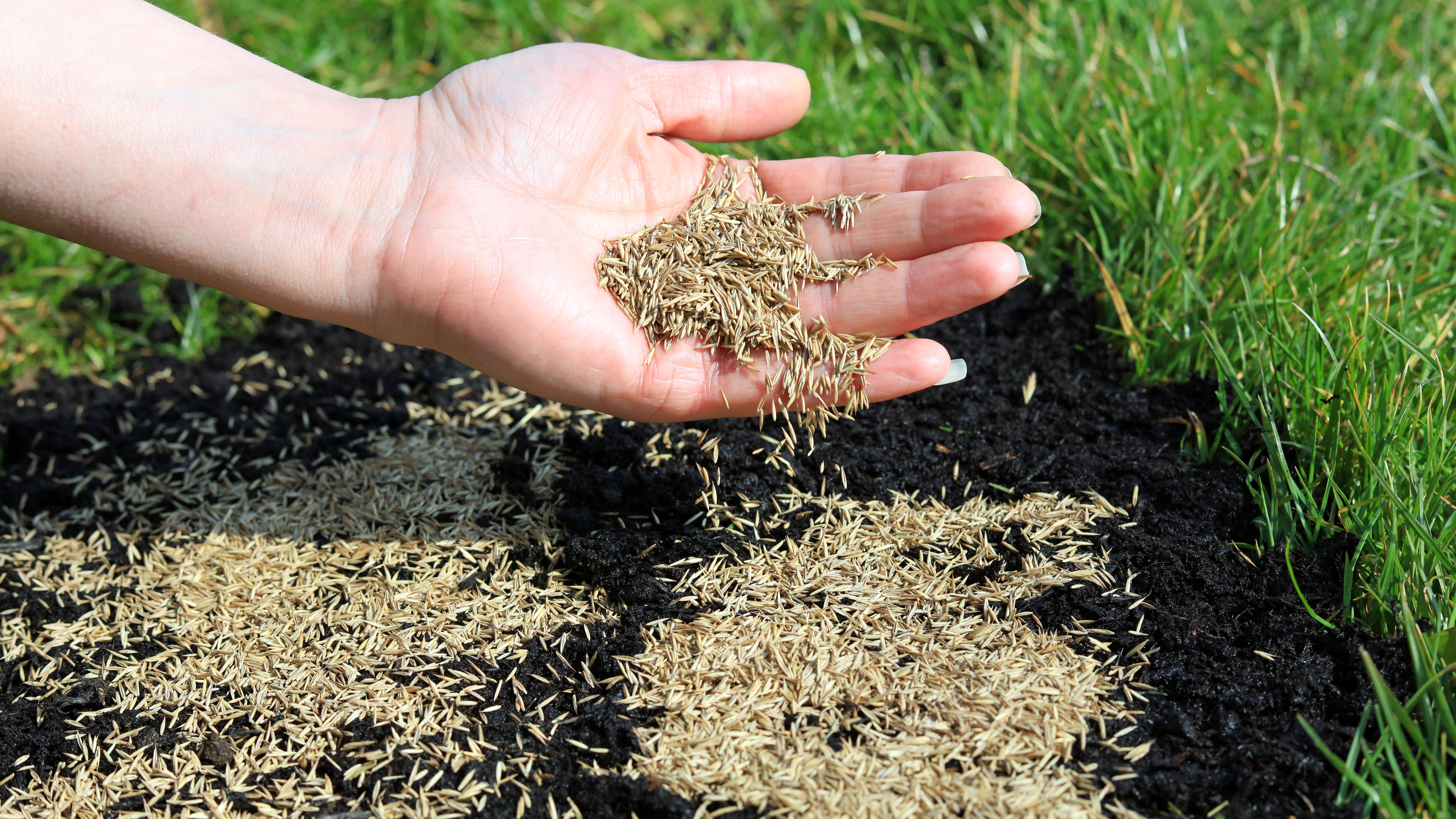
If bare spots are cropping up in your lawn, you'll need to know how to plant grass seed. It’s all too easy for bare patches of soil to populate your yard — whether you've recently dealt with dandelions, or you’ve had to learn how to get rid of moles, the damage left behind can be an eyesore. Worry not though, planting grass seed can quickly rectify this and have your lawn looking luscious again, so you won't need to learn how to make your lawn thicker.
If your lawn has seen better days, planting grass seed from scratch can be very rewarding — promoting fresh growth and greener grass. However, whether you’re a keen gardener or a novice, this can be an unnerving chore. You want to make sure you apply it correctly and give it the best care possible.
If you want guidance, we’ve broken down how to plant grass seed step-by-step, considering everything from seed selection, to best watering habits, as well as when to do it. Follow our advice, and you can get your grass thriving again. Here’s how to plant grass seed.
If you're planting grass seed on a smaller scale, check out how to overseed your lawn in the fall and when to do it.
How to plant grass seed
Grass seeds
Rake/shovel
Compost/fertilizer
Lawn spreader (optional)
1. Select the best grass seeds — To find the right grass seeds for you, you need to consider what you want to get out of your lawn, as well as which seeds are best suited for your area.
Generally speaking, you should shortlist the seeds by your territory. So the northern states of the United States should pick from cool-season grasses, while the central states should plant traditional grasses, and finally the south should use warm-season grasses.
Once you have a shortlist of seeds, consider how hardy you want the grass to be as well as how much sun it will require for best growth. Some seeds prefer different soil pH levels as well, so this should also be checked.
Get instant access to breaking news, the hottest reviews, great deals and helpful tips.
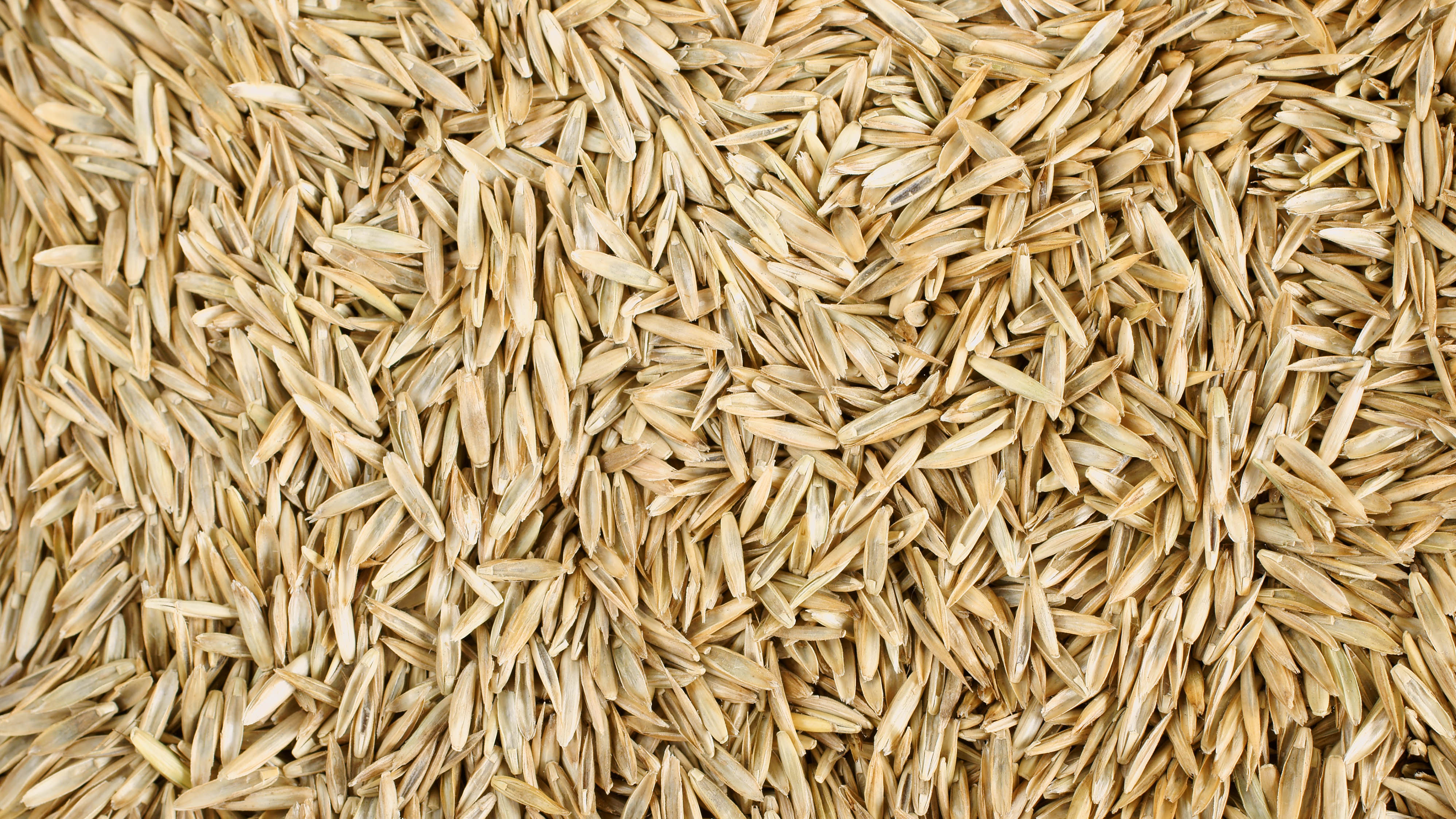
2. Prep the soil — Now you have your seeds, it’s time to prep your soil. If you’re planting a new lawn, you need to till the soil to about three inches deep. Break up and loosen this top layer, removing any stones and debris. Level out any uneven sections with a rake — this is to prevent water from accumulating in a particular area. It’s essential that you do not use weed killer at any stage of planting grass seed; this can kill the seeds or prevent germination. You can work compost and fertilizer into the soil to help encourage growth.
If you’re planting grass seed over an existing lawn, you first need to mow the grass down as short as possible. You can use a rake to help thin out what remains as well if necessary. Use a metal rake to work and loosen the top ¼ inch of soil on the bare patches, removing any debris as you go. Remember to level out any uneven areas using the soil from your yard and mix in compost and fertilizer to help with growth.
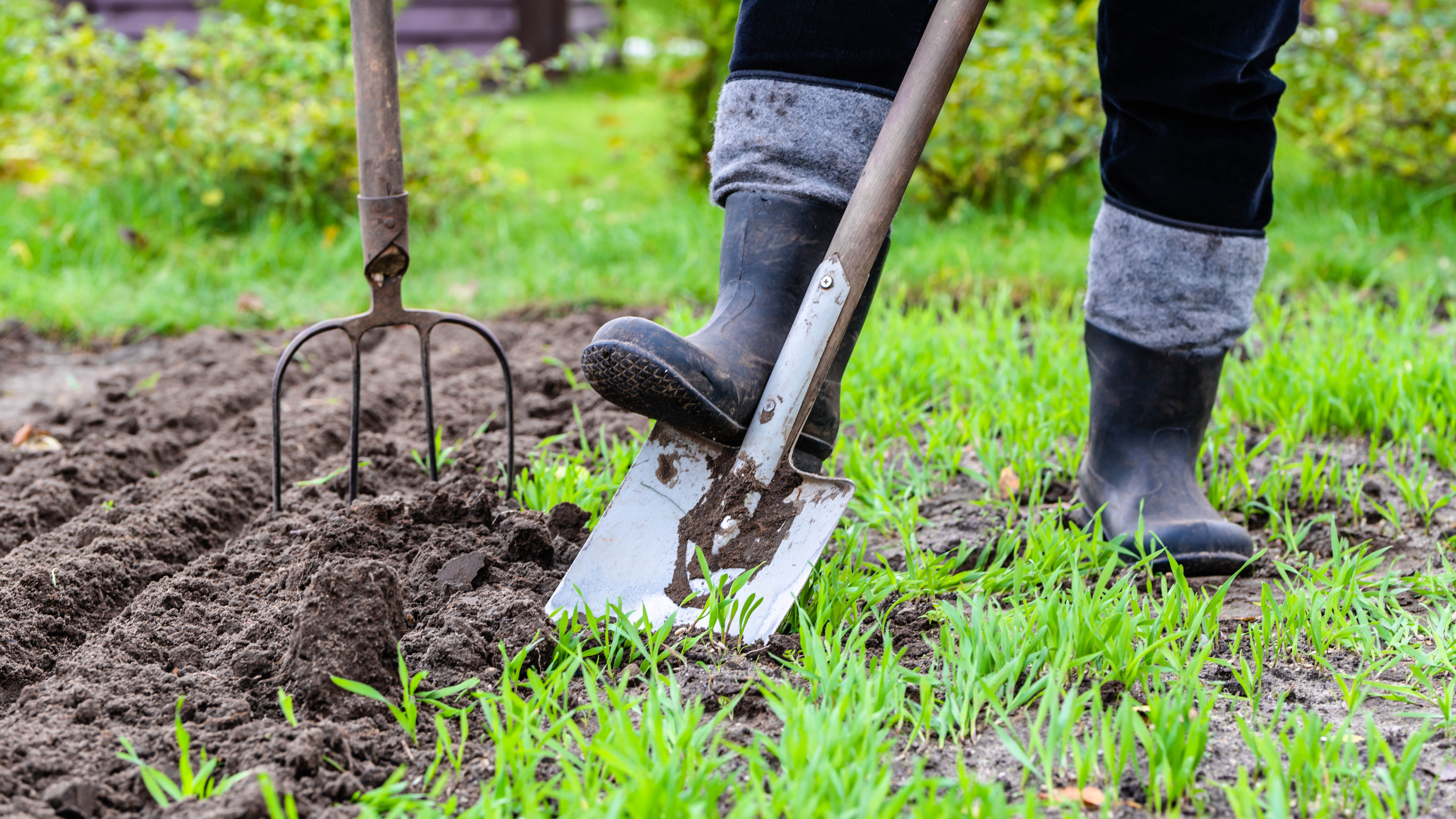
3. Plant and cover your grass seeds — The trick to planting grass seed is to do so evenly. For small patches, you can do it by hand, but for larger areas we recommend using a lawn spreader, such as Scotts Elite Spreader ($139.99, Amazon), for even distribution. Follow the packet instructions for the amount of seeds per area to sew.
Using a rake, carefully drag the top soil over the seeds, covering them until they’re about ¼ inch deep. Once you’ve done this, you can cover the seeds with mulch or compost to help protect them from the wind.
Make sure you don't leave any bare patches of soil behind, otherwise you could end up with crabgrass.
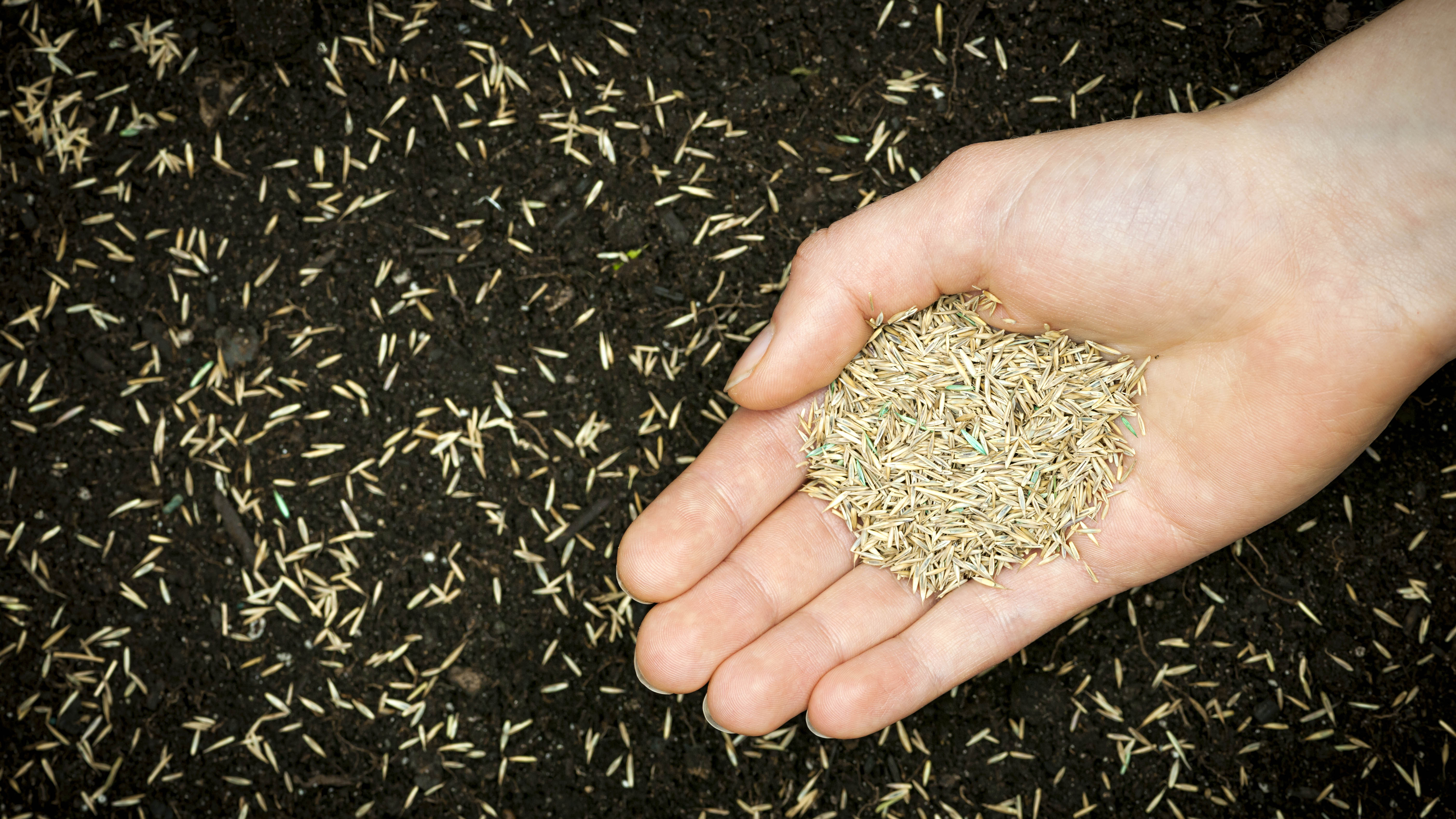
4. Water regularly and maintain — You will want to water the grass seed regularly at first to help its growth, keeping the bed moist, but not saturated. As a guide, water 1-2 times per day to start, and then less regularly once it reaches 1-2 inches in height.
Once the grass reaches about 3 inches in height, it’s time to mow it. Just be sure not to cut it back by more than 1 inch, otherwise you will leave it vulnerable to weeds. If your lawn mower is tearing the grass rather than cutting it, be sure to check out how to sharpen lawn mower blades.
Want to upgrade your lawn mower? My Dad just treated himself to a riding lawn mower — here’s what happened.
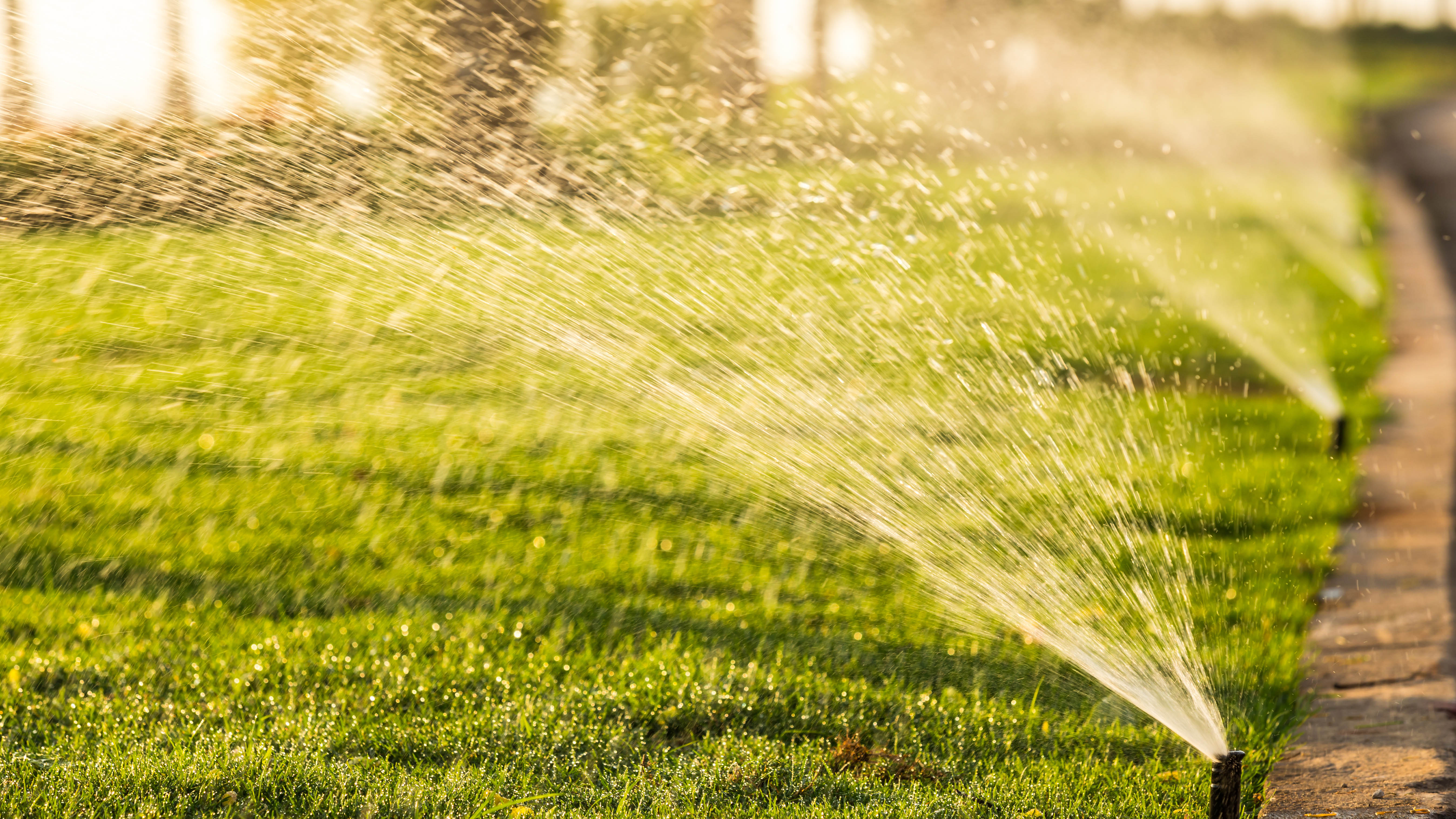
Your yard should now have a whole new lease of life. Remember to use fertilizer once it’s well-established (1-2 months old) to keep it looking vibrant and healthy.
When should you plant grass seed?
This largely depends on the type of grass seed you’re using. If you’re planting cool-season grass, such as Kentucky bluegrass or fine fescue, which you will typically find across northern parts of the United States, you’re best planting in early spring or fall. Whereas if you’re sewing warm-season grass seeds, such as Bermuda grass and centipede grass, you should stick to spring or early summer.
In either case, you should ensure you plant your grass seed after the final frost. Cool-season grass prefers soil temperatures below 65°F, while warm-season grass prefers temperatures of at least 65°F. Check the temperature of your soil for guidance.
More from Tom's Guide
- 5 ways to keep moles out of your yard
- How to dethatch a lawn
- Here’s the best time to water your lawn according to the experts

As the Homes Content Editor, Cynthia Lawrence covers all things homes, interior decorating, and garden-related. She has a wealth of editorial experience testing the latest, ‘must-have’ home appliances, writing buying guides and the handy ‘how to’ features.
Her work has been published in various titles including, T3, Top Ten Reviews, Ideal Home, Real Homes, Livingetc. and House Beautiful, amongst many.
With a rather unhealthy obsession for all things homes and interiors, she also has an interior design blog for style inspiration and savvy storage solutions (get rid of that clutter!). When she’s not testing cool products, she’ll be searching online for more decor ideas to spruce up her family home or looking for a great bargain!
